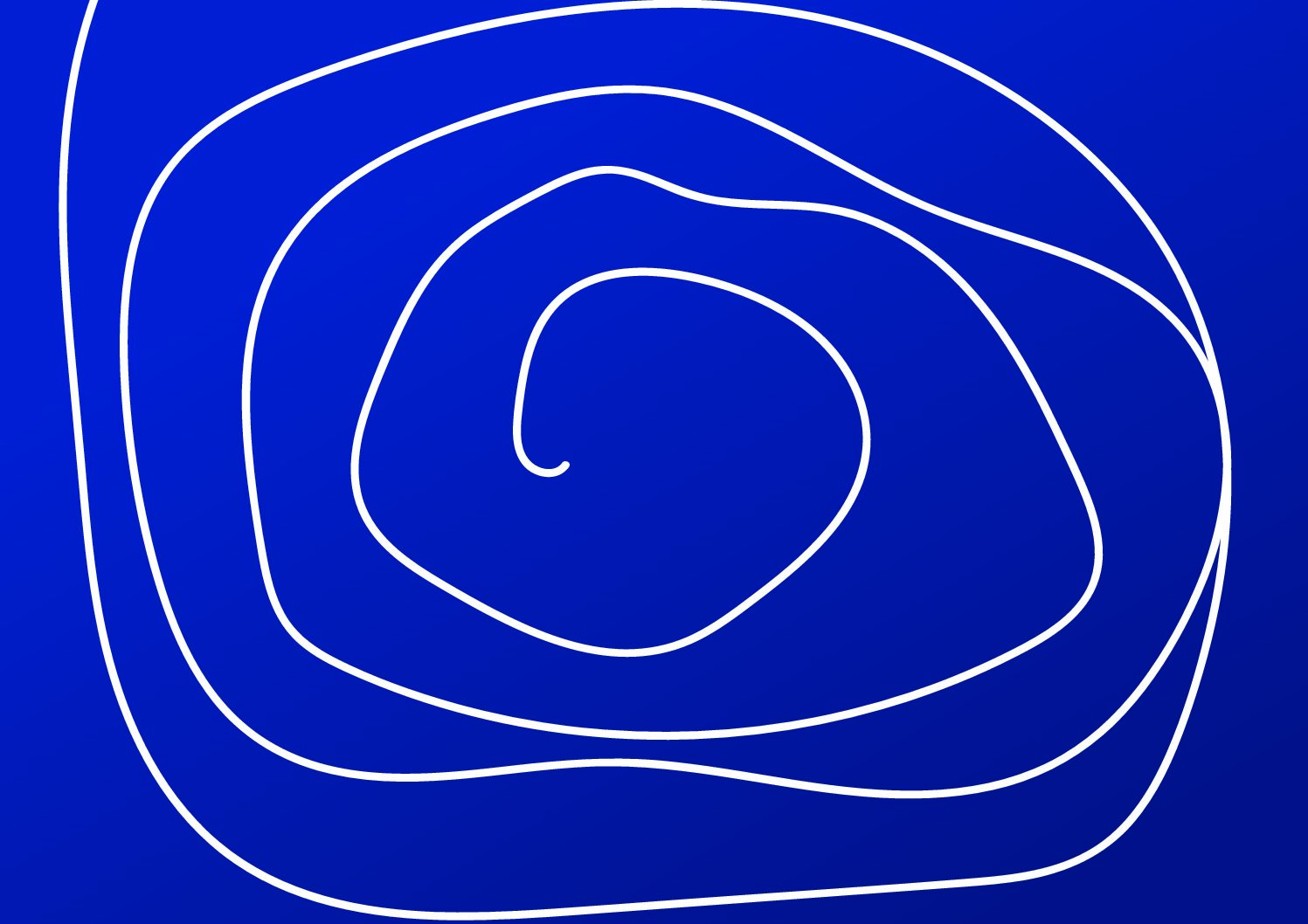Recent footage captured by a research vessel deep below the ocean surface off Australia’s western coastline may have captured the longest recorded sea creature to date. Scientists aboard the research vessel Falkor identified the swirling, string-like organism as a specimen of the siphonophore species, Apolemia and estimated the creature’s length to be approximately 150 feet long.
Siphonophores are an order of deep-sea predators that are composed of thousands of genetically identical zooids that band together to complete the necessary life functions of a uniform organism, similar to coral. Unlike many other colonial organisms, the individual zooids of a siphonophore can mutate to alter their cellular features, thus increasing the overall diversity of the colony, according to siphonophores.org, a site written and maintained by Casey Dunn of The Dunn Lab at Yale University. Due to this, species of siphonophore often come in a wide array of bizarre shapes and sizes, despite their genetic simplicity.
The expedition that documented the coiling beast was organized by the Schmidt Ocean Institute, a private non-profit group focused on advancing and promoting oceanographic research. The organization provided the research vessel and remotely operated equipment that made the expedition possible.
Researchers aboard the Falkor, with help from the remotely operated deep-sea robot SuBastion, captured 181 hours of ocean footage and traveled to depths of nearly 15,000 feet below sea level in the Cape Range and Cloates Canyons region, according to an article by Devi Lockwood for the New York Times. The spiraling siphonophore was encountered on the return voyage to the surface, at approximately 2,000 feet below
sea level.
“Most scientists had drifted out of the control room,” Nerida Wilson, leader of the expedition and senior scientist at the Western Australia Museum, said in an article for The Guardian. “The word soon spread and
people came pouring into the control room to share the excitement. It was amazing to see this huge organism spread out like a spiral UFO, hovering in the water column. We couldn’t believe what we were seeing.”
The research team’s estimation of the string-like cluster’s length overthrows the previous record for the longest marine creature, held by the lion’s mane jellyfish, by about 30 feet. By comparison, the most massive known animal in Earth’s history, the blue whale, grows to a maximum of 100 feet long.
The expedition into Western Australia’s ocean depths also yielded discoveries of up to 30 new species of assorted deep-sea animals and documented several known species that had not been known to dwell within the region. This included “an octopus squid, a long-tailed sea cucumber, glass sponges and the first giant hydroids – a colony of animals that looks like an upside-down jellyfish – ever seen in Australia,” according to an article by Ian Evans for The Guardian.
The research team also recorded the temperature and ph levels of the mission’s region.
“What’s fascinating about this particular part of the world is that it has not been explored,” Jyotika Virmani, executive director of the Schmidt Ocean Institute, said in an article for the New York Times.
“Any time people go down into the deep sea, it’s so vast and yet so unexplored that it’s very easy to make new discoveries and to see something we’ve never seen before. It is like being on a new planet.”
Graphic by Lizzy Talbert





Thanks for ones marvelous posting! I definitely enjoyed reading it,
you could be a great author.I will always bookmark your blog and definitely
will come back at some point. I want to encourage you continue your great work, have a nice weekend!